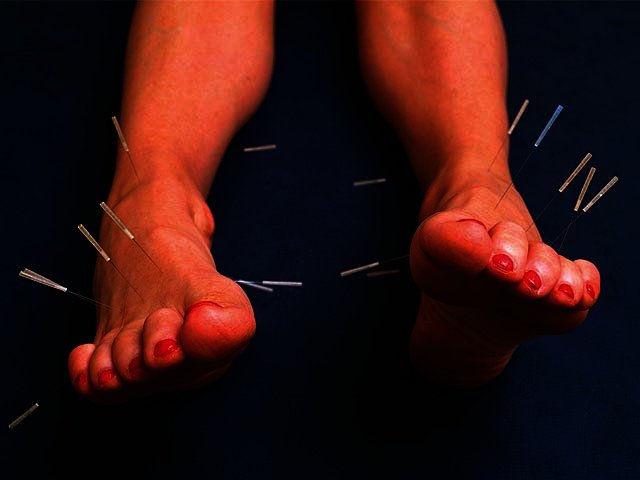PREVIOUS ARTICLENEXT ARTICLE
NEWS

SciNews July 2010
By Linda Pretorius 8 July 2010 | Categories: news
Pinning down pain
The Chinese have sworn by the power of acupuncture for thousands of years. And now scientists in the journal Nature Neuroscience, say that they may know why the prickly method works.
The results point to a release of adenosine, a natural painkiller and anti-inflammatory chemical. Researchers gave mice with paw pain each a half hour acupuncture treatment similar to the technique used on people.
In those without active adenosine receptors, the acupuncture had no effect. But for mice with normal adenosine function, the levels in the pricked tissues were significantly higher shortly after the treatment than before.
When the acupuncture was combined with a drug known to delay adenosine removal from tissue, the pain relief lasted almost three times as long as after normal acupuncture treatment. Sharp.
Right on the nose
Sharks don’t waste time when they smell their food. Really. According to a recent study published in the journal Current Biology, sharks use the time difference between a scent hitting their left and right nostrils to steer them in the right direction.
A time lag of up to half a second will cause the fish to turn to the side that picked up the scent first. But in the absence of a time difference or if the lag between the two nostrils’ sensation is too long, a right or left turn is equally likely.
The finding explains why sharks can track their dinner so effectively, despite the chaotic distribution pattern of scent molecules under water. The discovery may help underwater robots to locate chemical leaks.
Break out the bubbly
If you thought bursting bubbles is child’s play, think again. According to a recent article in the journal Nature, ‘pop’ science is quite complex.
Bubbles form when tiny gas pockets get trapped under thin liquid films, which in turn are held tight by surface tension. When scientists recorded bursting bubbles they found that at the burst moment, a pressure change between the inside and outside of the bubble causes the film to fold in on itself.
This traps a new pocket of gas and because of renewed surface tension tiny secondary bubbles form. After two rounds though the bubbles become too small and no longer have the round shape needed to create the right amount of surface tension, causing the gas to dissolve in the liquid.
See how it happens at http://tinyurl.com/bubblesgopop.
Other cool reads:
There’s much more water on the moon than thought:
Help to untangle the mystery of knots:
What will cities look like in 20 years time?
USER COMMENTS
Most Read Articles
Read

Magazine Online
TechSmart.co.za is South Africa's leading magazine for tech product reviews, tech news, videos, tech specs and gadgets.
Start reading now >
Download latest issue
Have Your Say
What new tech or developments are you most anticipating this year?
New smartphone announcements (44 votes)
Technological breakthroughs (29 votes)
Launch of new consoles, or notebooks (14 votes)
Innovative Artificial Intelligence solutions (29 votes)
Biotechnology or medical advancements (24 votes)
Better business applications (160 votes)



